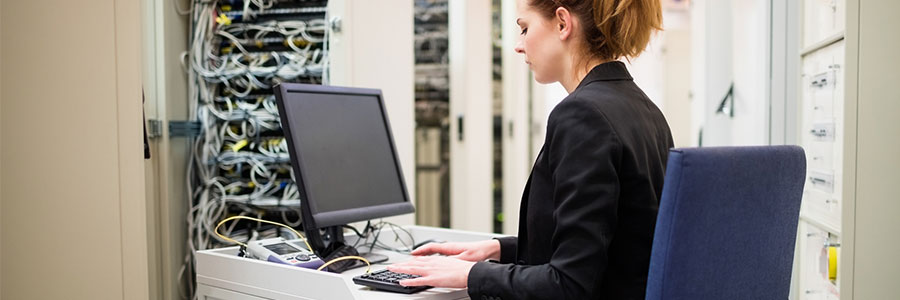Every business leader appreciates the importance of backup and disaster recovery, but there’s a lot more to the process than simply copying over important data to external drives at regular intervals. With many more opportunities for protecting your vital digital assets than ever before, choosing the right solution can be tricky. One of the biggest decisions is choosing between taking care of disaster recovery yourself or outsourcing it.
For most businesses, Disaster-Recovery-as-a-Service (DRaaS) is the obvious solution. Public cloud storage facilities provide many benefits, such as scalability, accessibility, and built-in redundancy. These benefits make the public cloud a great foundation for disaster recovery planning and business continuity.
Unparalleled data security and integrity in off-site data centers
One of the most common misconceptions around cloud computing is that data is inherently less secure when stored online. In fact, the opposite is true, provided you take steps to mitigate the risks presented by human error such as social engineering attacks or mismanaged access rights. When you store data in the public cloud, it will be kept in a remote data center. Most of these are operated by global technology giants like Amazon, Google, and Microsoft. Providers like these have reached economies of scale that most small businesses don’t have access to.
Providers have practically unlimited human, financial, and technical resources required to keep data safe. Indeed, today’s data centers are among the most secure facilities on the planet. The data breaches which do happen are almost always the result of human error on the user’s end, but these same risks apply to any other computing system too, whether it’s in-house or remote.
Redundant systems and automated rollovers
Keeping everything stored in one system, or even in multiple systems all connected to the same network, is akin to putting all your eggs in one basket. A ransomware attack can be all it takes to destroy all your data, thus causing irreparable damage to your business. As such, redundancy is crucial for ensuring a sufficiently robust disaster recovery plan. When data is stored in the cloud, it’s typically kept in at least three different physical locations, which makes it practically immune from things like natural disasters and hardware failures.
Another important factor in disaster recovery planning is downtime. As the costs of unplanned outages increase, companies need a way to minimize disruption caused by unforeseen events so that staff can get back to work quickly. With redundant systems that keep data up to date in real time, you can implement automatic rollovers. This way, when the primary system fails, your end-user applications will simply call upon the backup instead, thus minimizing or even eliminating disruption altogether. This degree of replication and automation can be applied to in-house systems as well, simply by keeping all locally stored data synchronized with a cloud storage facility.
Unlimited scalability and commercial flexibility
Major cloud data centers are the sort of place you see and think that’s where the internet lives. With thousands of data center-class servers, each one operating on hundreds of processing cores, these data centers hold many petabytes of data belonging to people and businesses all over the world. Rather than storing their data in individual physical systems, everything is defined by software using virtualization technology, which means your infrastructure is practically limitlessly scalable and flexible. If you need additional storage space, you can obtain it easily and pay for what you need on demand. Furthermore, tech giants like Microsoft are hardly likely to run out of storage space either.
Safebit Solutions provides comprehensive technology services such as cloud-based disaster recovery to companies in the Houston area. Talk to us today to get immediate support.
Download our free eBook!
Before migrating to any new system, you need to make sure you have a reliable backup & disaster recovery plan in place. Read our eBook and learn the 7 rules even the most basic backup & disaster recovery plan must follow.



